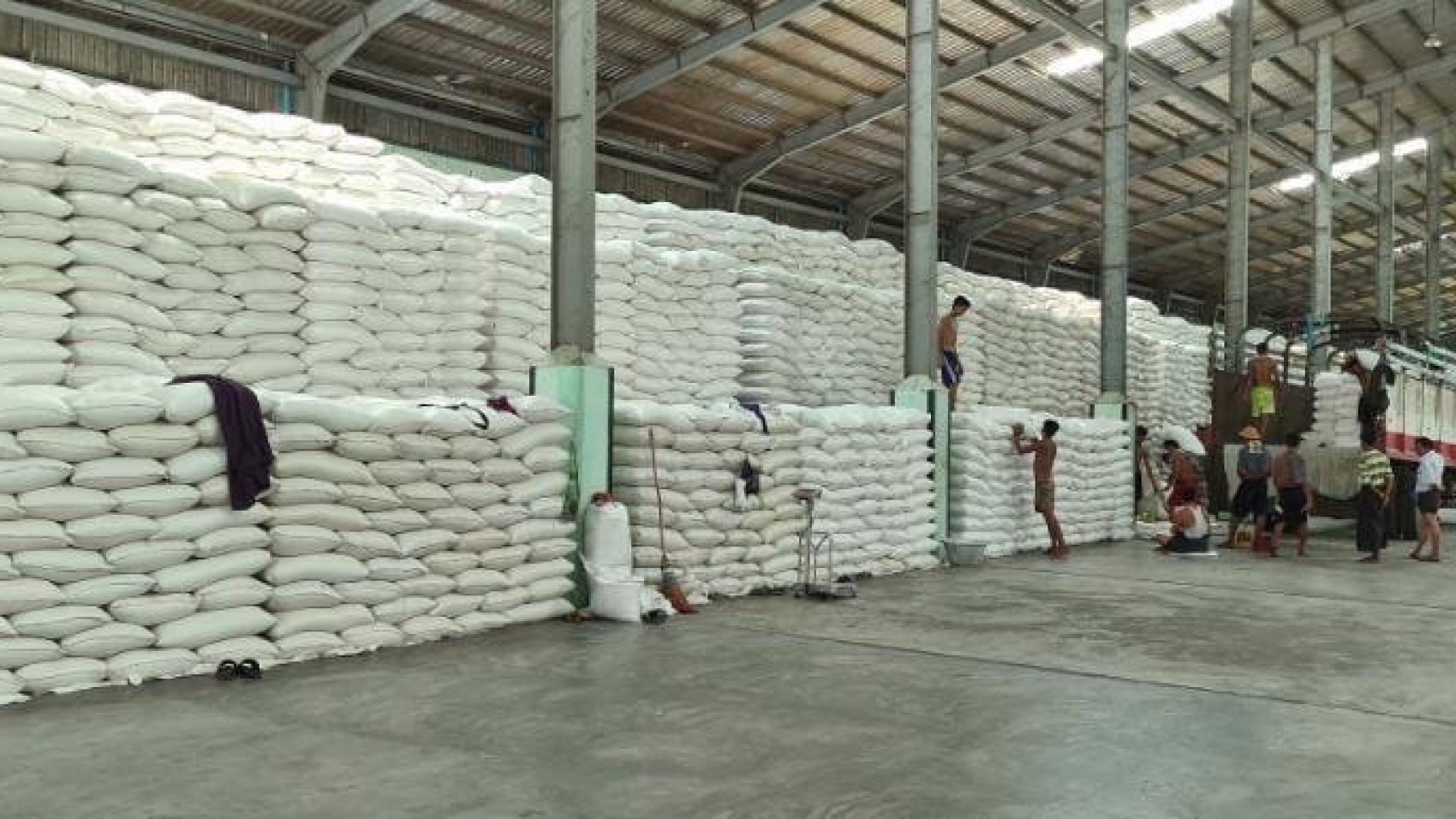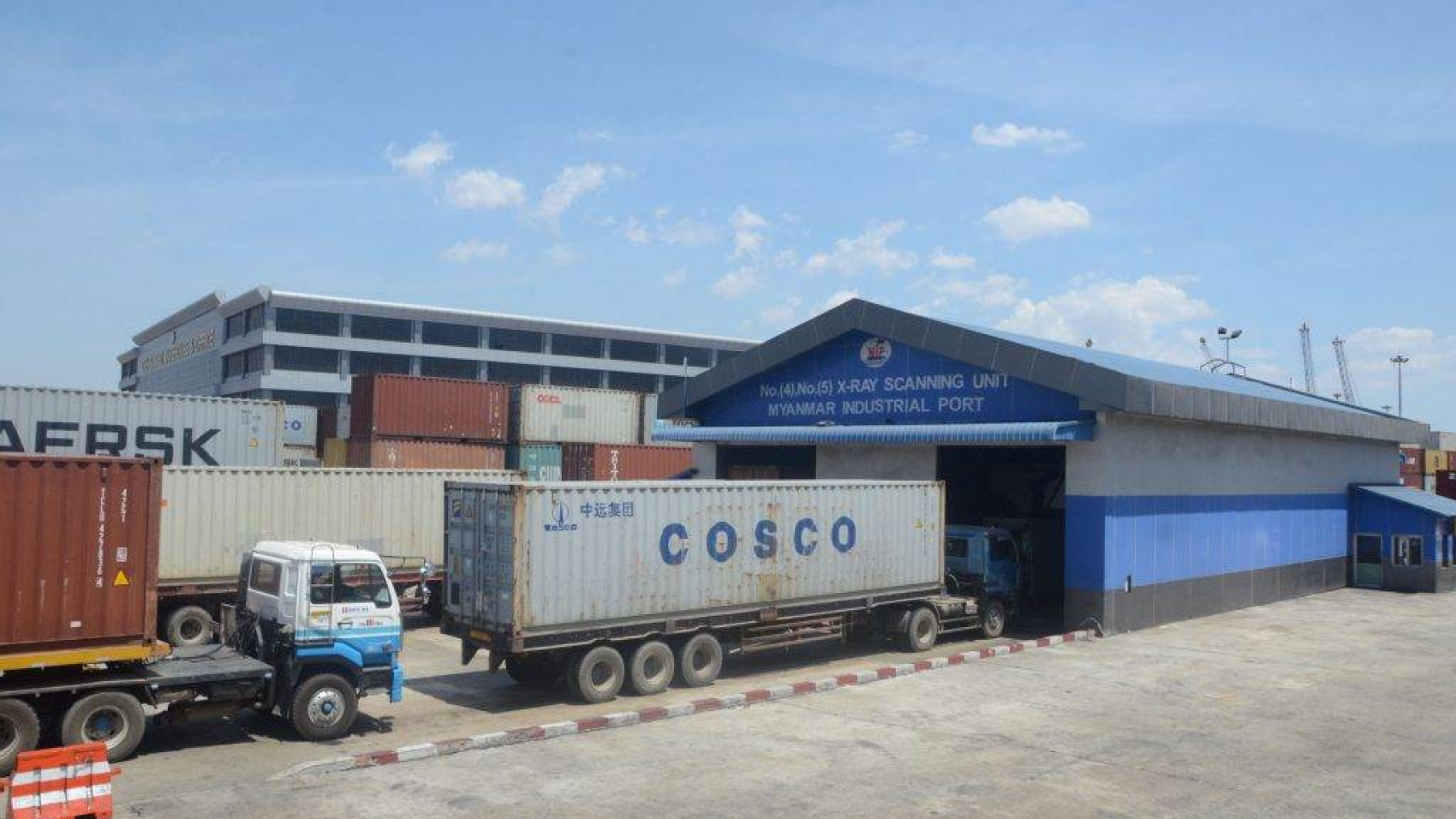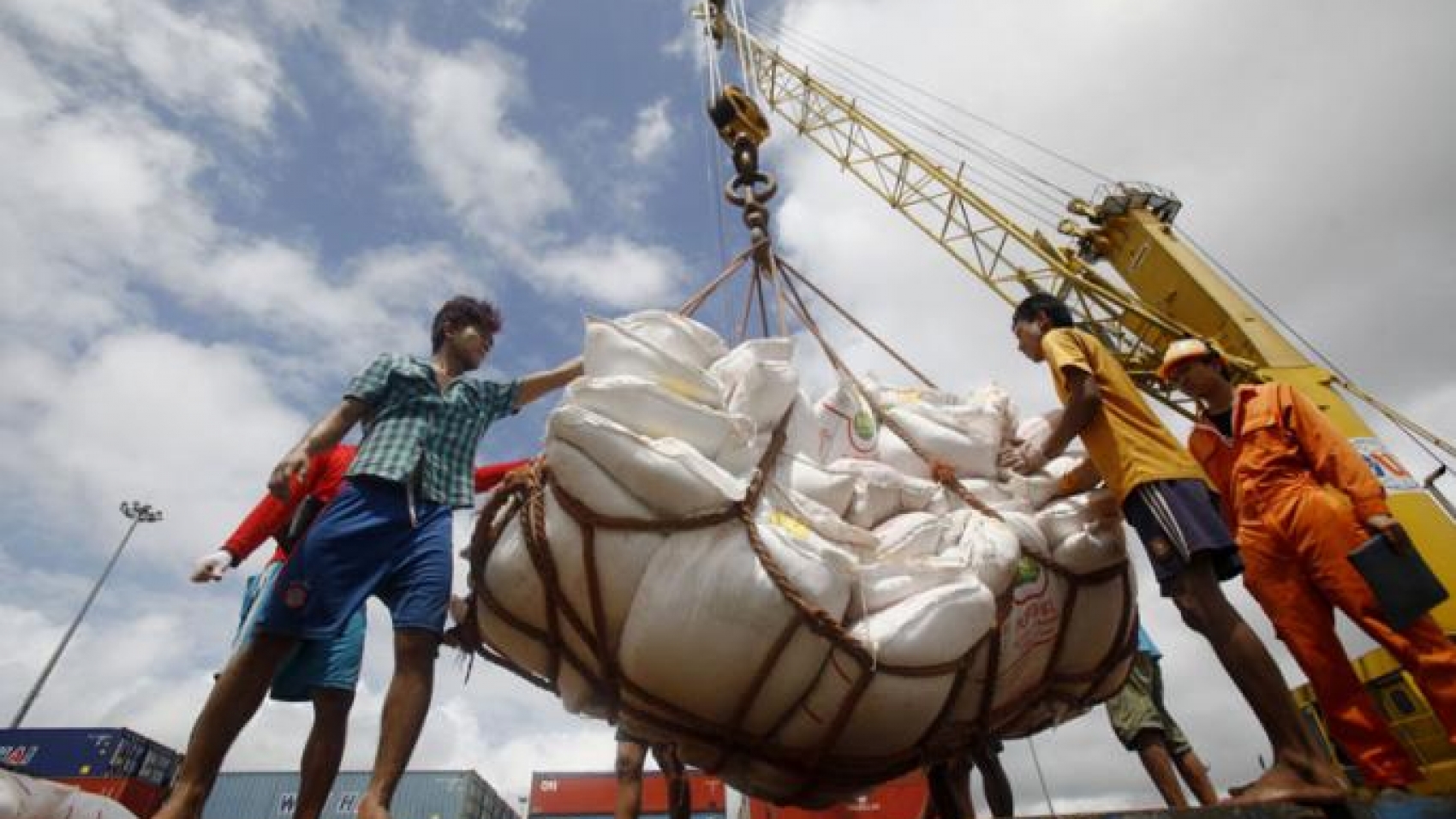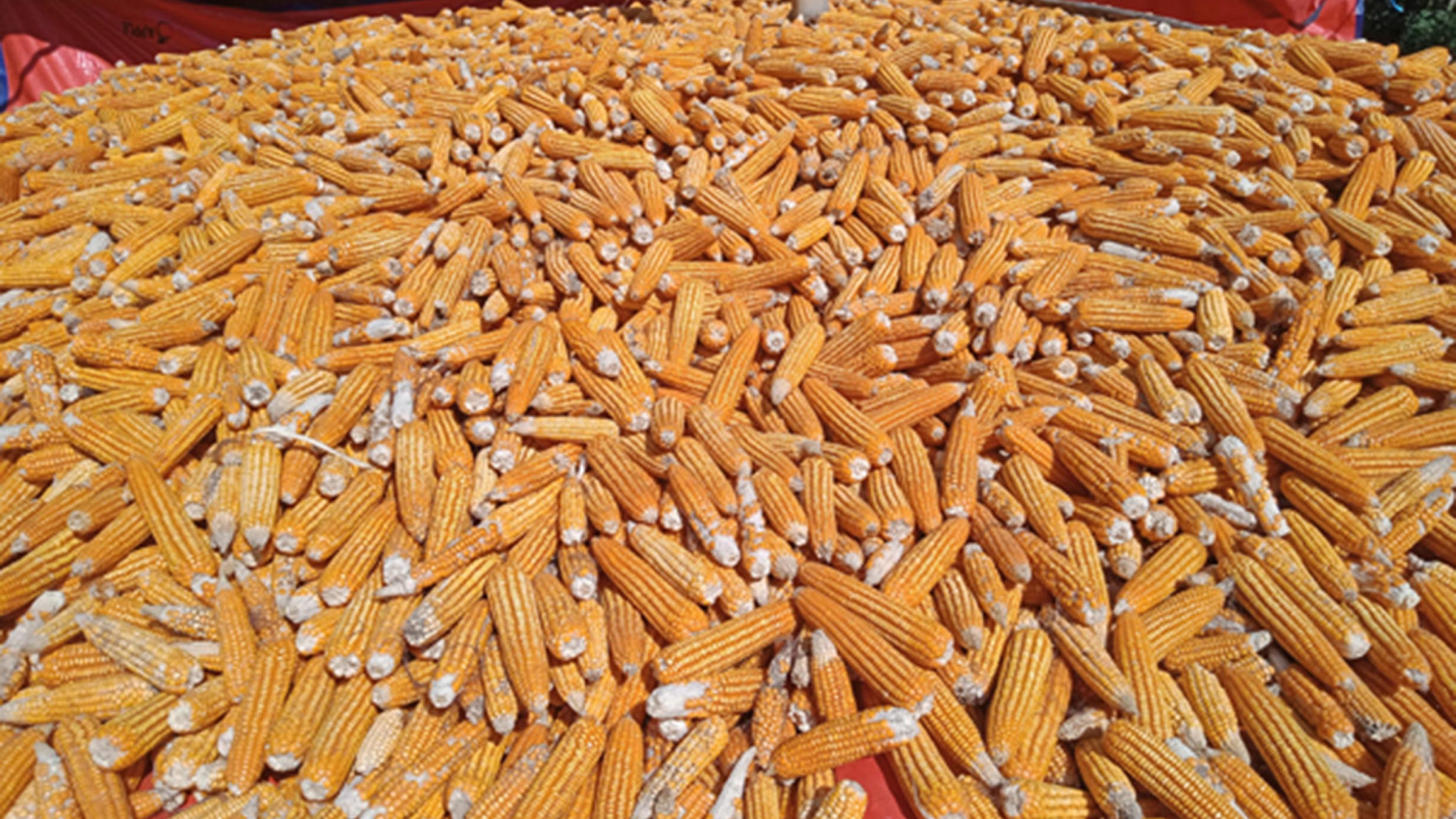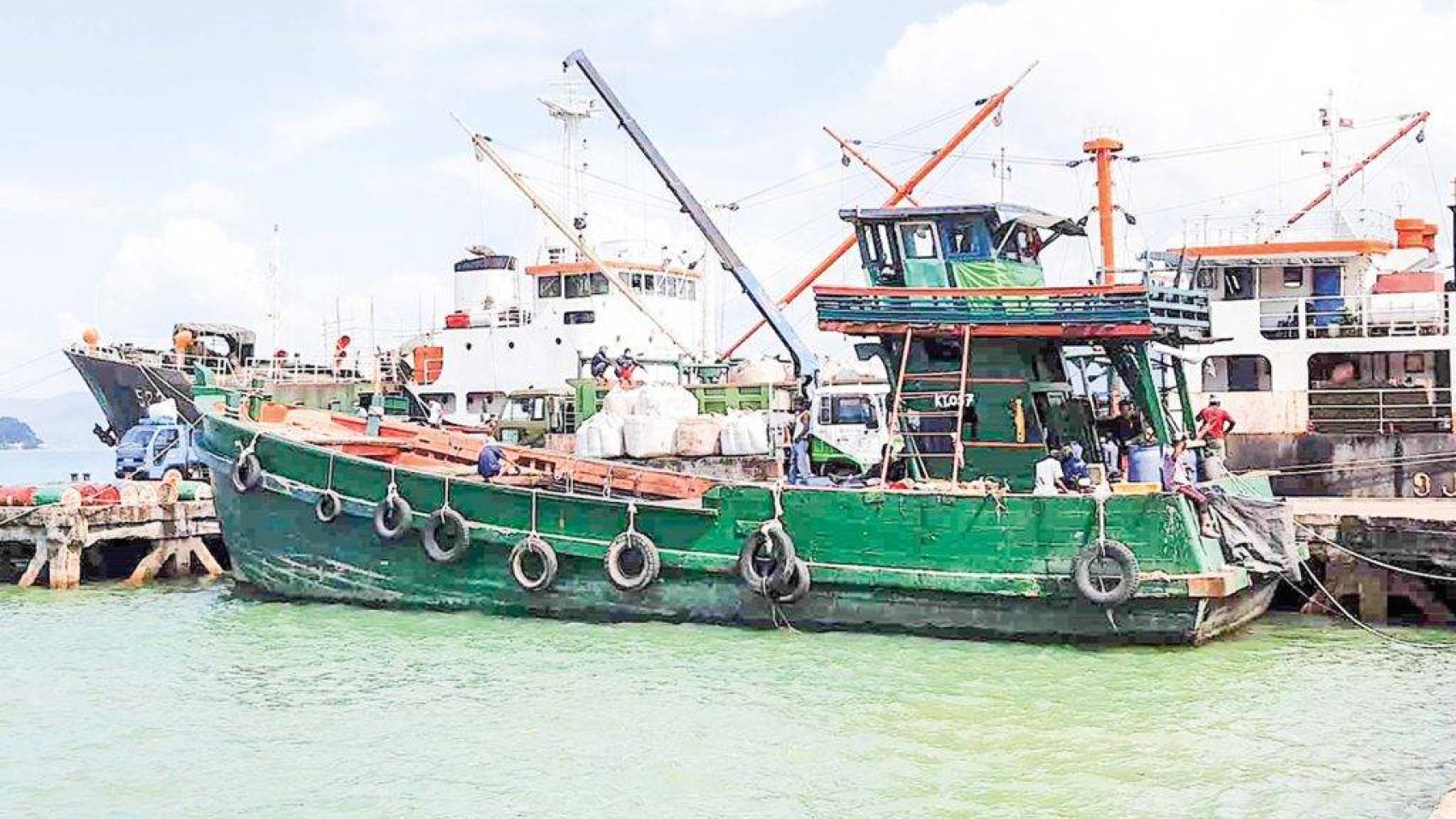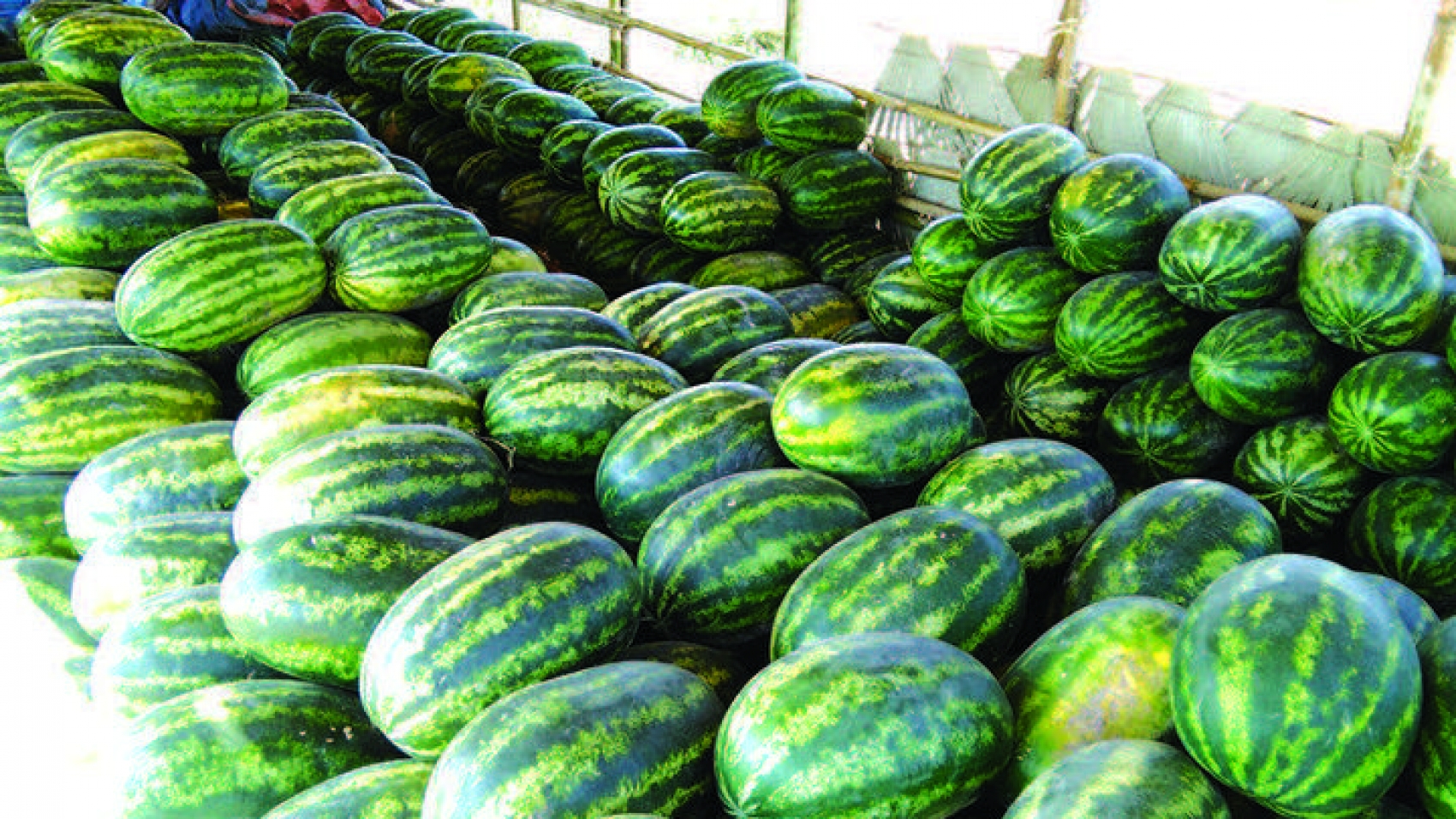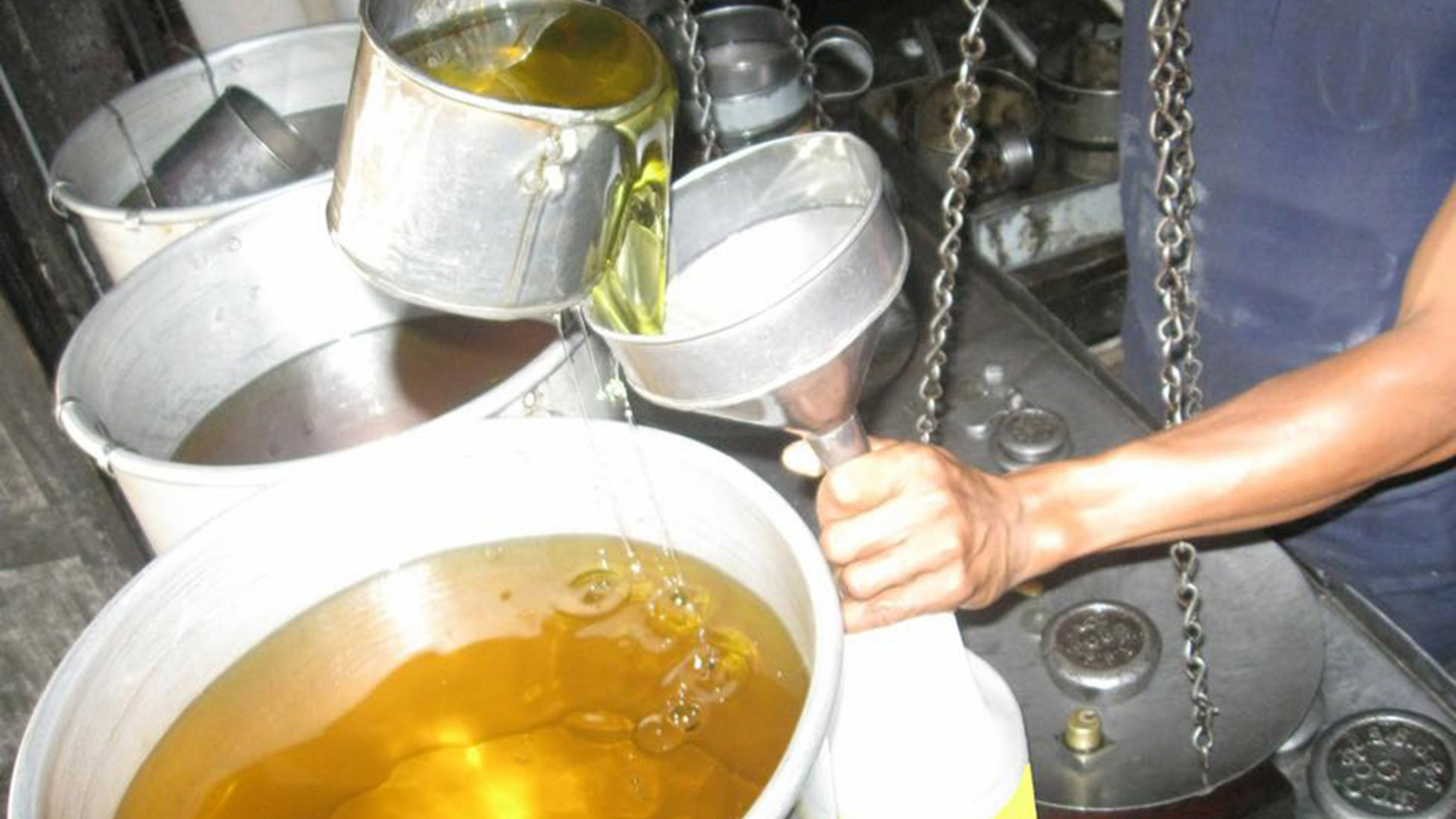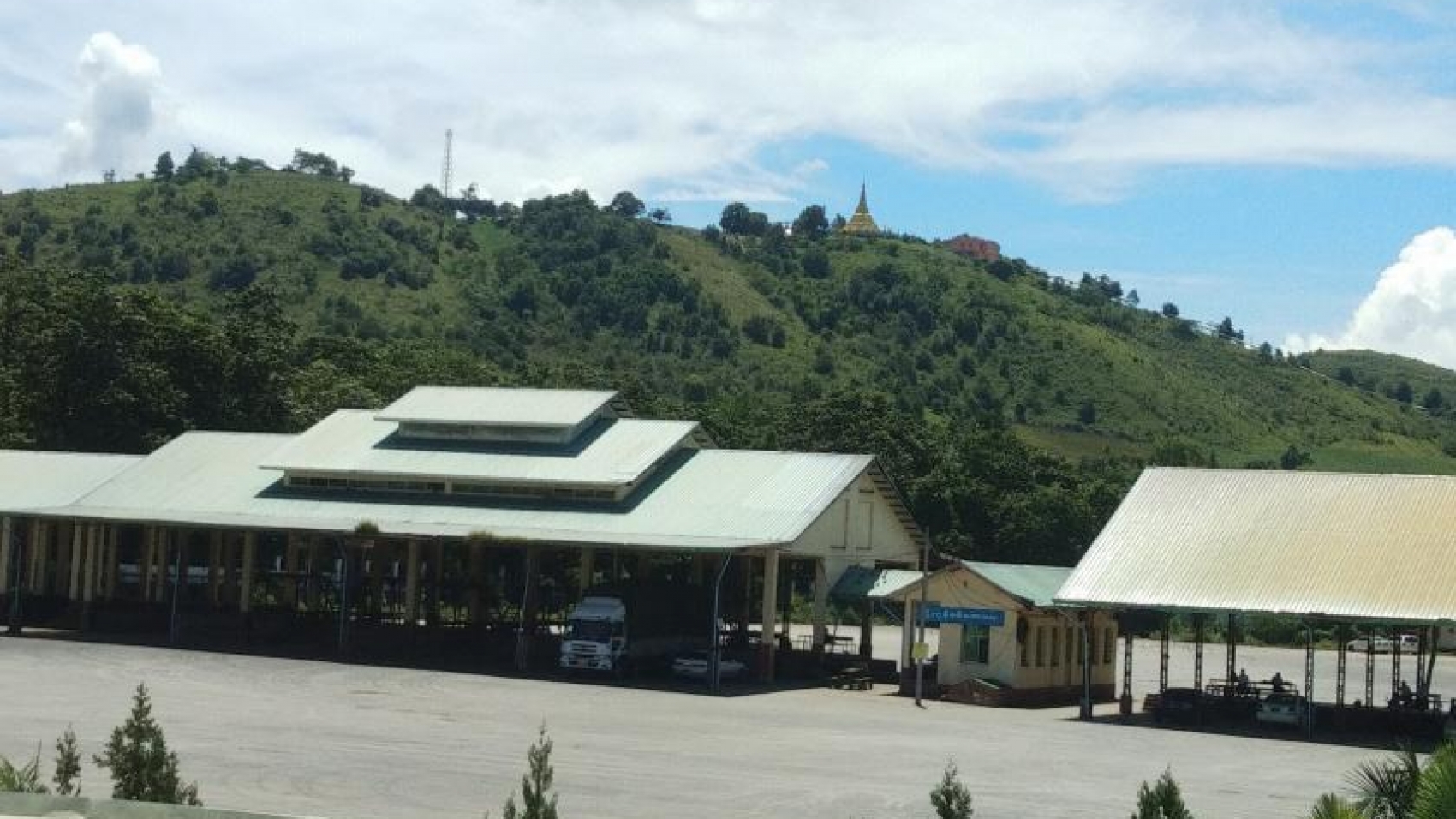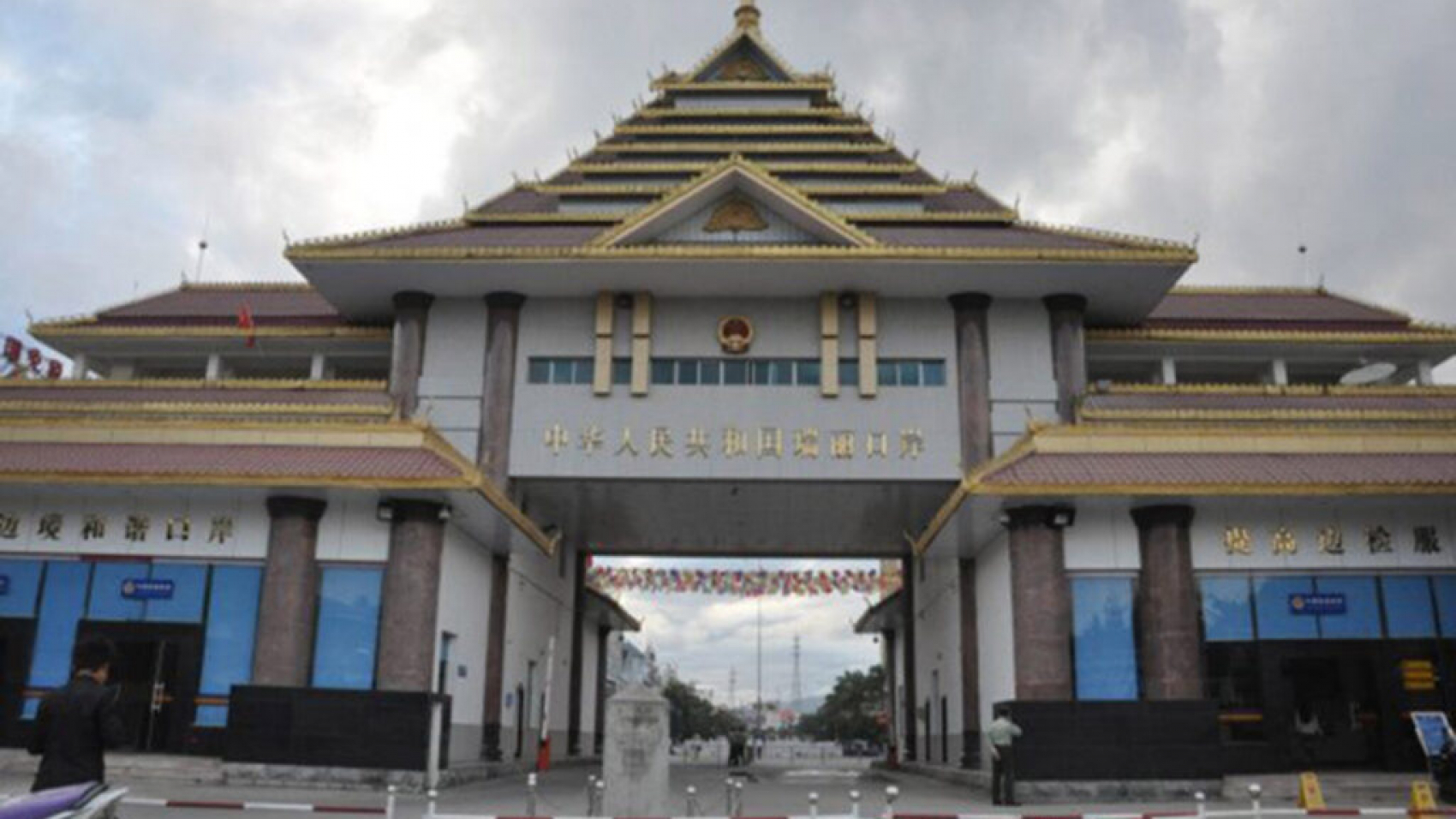Myanmar achieved its rice export target of two million tonnes for the current 2022-2023 financial year, Myanmar Rice Federation’s data showed. The country delivered more than two million metric tons of rice and broken rice to foreign trade partners by sea and border channels in the past 11 months (April-February) of the current FY. The federation aimed to export 150,000 tonnes of rice each in February and March respectively. The volume of rice exported last month totalled 191,404 MT, surpassing its expectation. Myanmar has been endeavouring to have 10 per cent growth in the rice export sector year over year, MRF stated.
The export values were recorded at $82 million from 250,947 tonnes in April 2022, $51 million from 153,507 tonnes in May, $50 million from 146,094 tonnes in June, $66 million from 182,550 tonnes in July, $53 million from 156,893 tonnes in August, $37 million from 93,792 tonnes in September, $65 million from 163,189 tonnes in October, $106 million from 264,038 tonnes in November, $90 million from 228,445 tonnes in December, $107 million from 268,835 tonnes in January 2023 and $76 million in February, totalling $783 million from 2,099,693 tonnes in the past 11 months till February 2023.
Myanmar shipped rice and broken rice to regional countries, countries in Africa and European Union member countries through maritime trade. It is also exported to neighbouring countries, China and Thailand through cross-border posts. China is still the main buyer of Myanmar’s rice in the past 11 months, purchasing over 365,000 tonnes of rice and over 410,000 tonnes of broken rice. Myanmar exported rice to nearly 30 foreign markets in the past months, mostly to China (365,958 MT), followed by Bangladesh, the Philippines and other European countries such as Italy, Spain, Poland, Belgium, the Netherlands and France.
Additionally, Myanmar primarily conveyed 411,329 MT of broken rice to China and 276,438 MT to Belgium. It is also sent to the Netherlands, Spain, the UK, Poland, Lithuania and other countries. The export price of Myanmar’s rice was relatively lower than the rates of neighbouring Thailand and Viet Nam, according to the MRF. Myanmar bagged US$700 million from 2 million tonnes of rice exports to foreign countries in the past 2020-2021 financial year. Next, the rice prices stood at over K75,000-K100,000 per bag for high-grade Pawsan rice varieties and K50,000-K62,000 per bag for low-grade rice varieties in the domestic market. Meanwhile, the prices of broken rice moved in the range between K41,000 and K46,000 per bag depending on different qualities.
Source: The Global New Light of Myanmar

